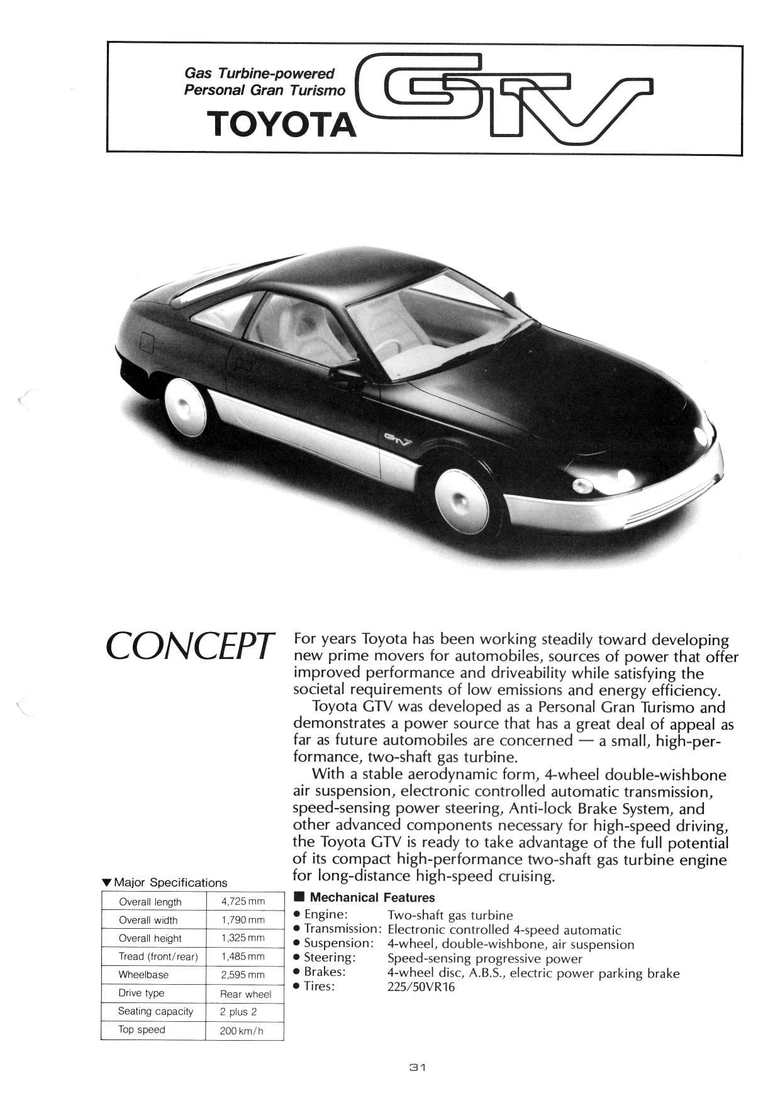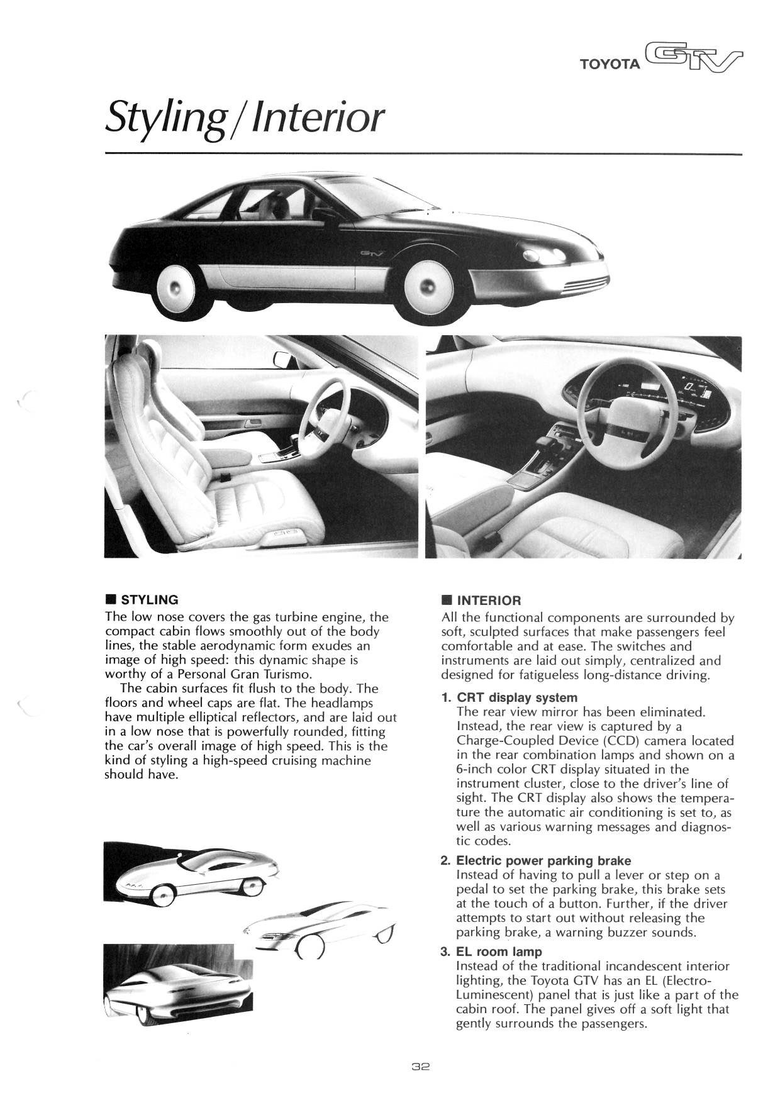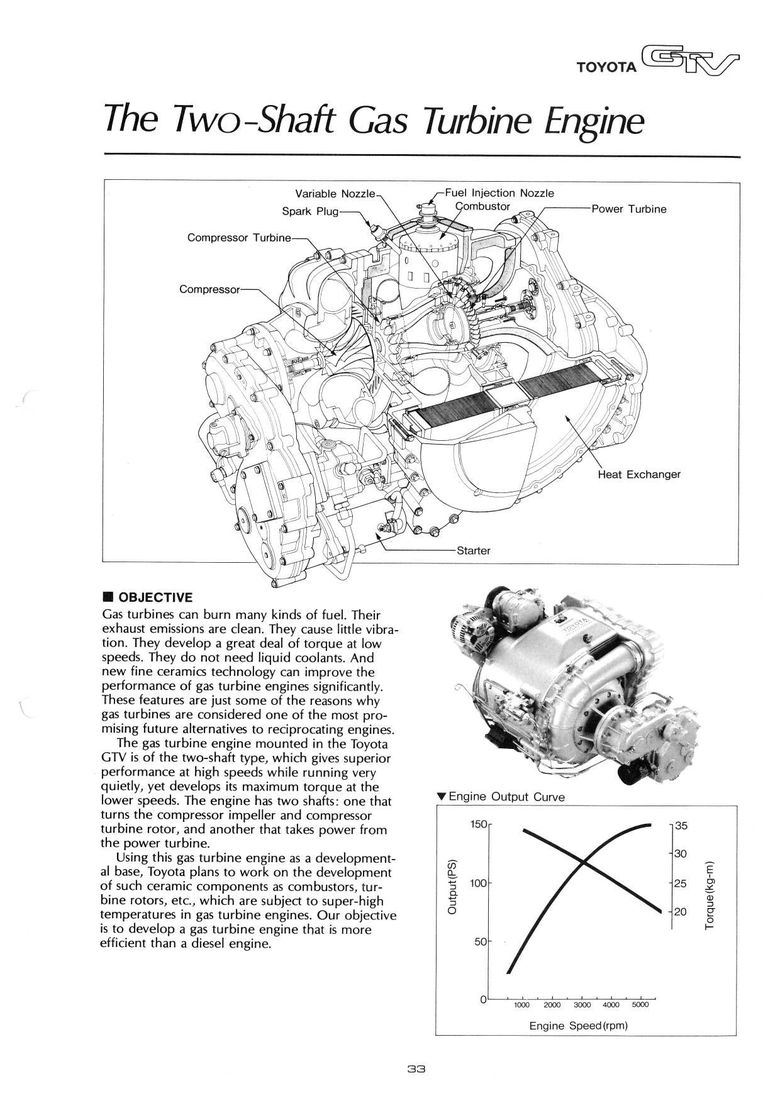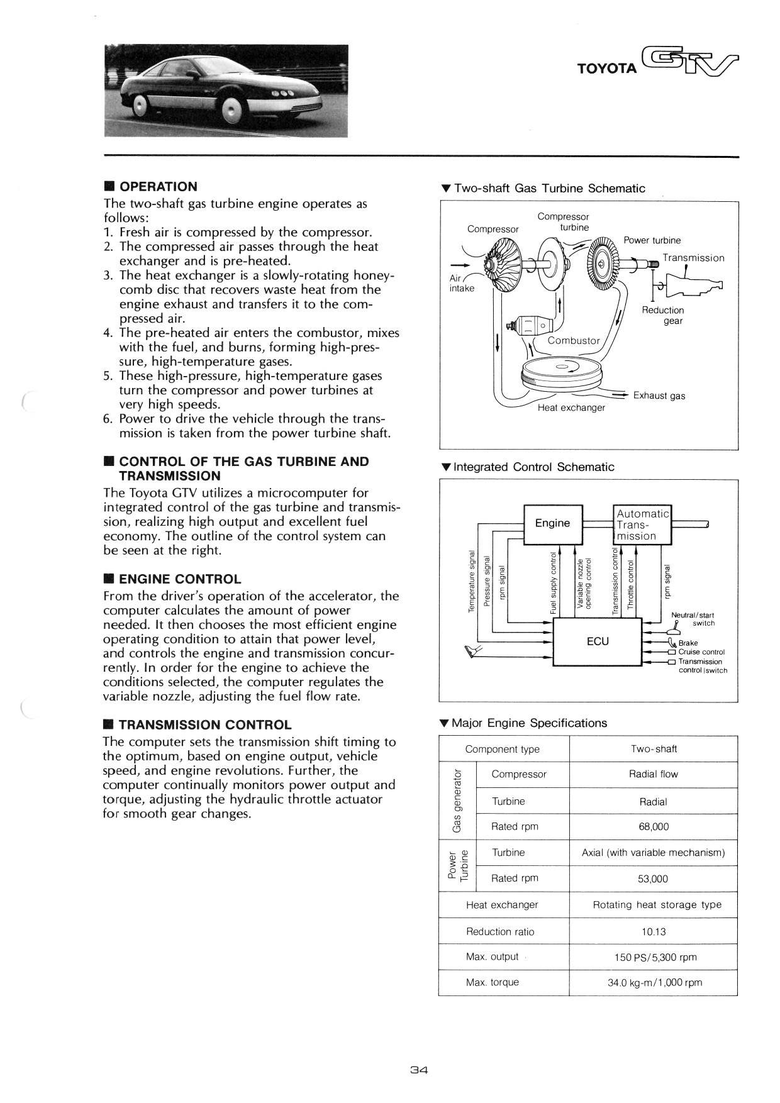Toyota Was So Rich In The '80s It Built A Working Turbine Car
It is difficult for me to stress just how much money Japanese car companies threw around at engineering and design in the 1980s Bubble Era. Here is, perhaps, an example: Toyota once built a running, driving, turbine-engine concept car.
Welcome back to Auto Archives, the show in which we dive into my personal collection of Car Styling magazine back issues. These issues are packed with never-uploaded-online pictures, sketches, and interviews. I wish I had time to go through every page.
We saw all kinds of wonderful, almost unthinkable cars get made during the Bubble Era. Mazda built a twin-turbo, three-rotor luxury coupe at the same time it beat the rest of the world at the 24 Hours of Le Mans. Honda took on Ferrari and beat it at its own game with the NSX, taking a string of F1 titles with McLaren, too. Nissan pioneered retro design with the Pike Cars still beloved today.
More than any one thing, competition within the Japanese domestic market was fierce, and rivalries between Japan's automakers produced all kinds of wonderful developments. It was Nissan and Toyota going back and forth that made twin-cam engines the norm, even made turbo engines common.
It was that development of turbos that can't be forgotten in the story of the 1987 Toyota GTV concept, basically taking the turbo idea to its logical conclusion. While Toyota was working on variable vane turbos, ceramic tech, it came out with the GTV powered entirely by a turbine alone.
Since this was the Bubble Era, the whole car got its own brochure, so you can see how Toyota made it work.
And unlike other concept cars, the GTV really did work. Toyota even invited members of the press to drive it. In a Popular Science review in 1988, we learn that the car was... maybe not the most consumer-friendly device:
"It is like sitting in the cockpit of a jet fighter at takeoff," the one-page review begins. "The sounds coming from in front of, below, and behind the car are what I would expect to hear at Edwards Air Force Base, not here at Toyota Motor Corp.'s Higashi Fuji Proving Ground. It's a high pitched jet-engine scream that rises in note and volume as I slide the conventional automatic-transmission selector from neutral into drive and flick the electrical parking brake switch to off."
This is all coming at a time when Americans were just getting used to the idea of a Toyota with power seats, let alone a turbine engine.
Certainly, the noise seems to have been an issue, but there was another problem as well. For all the work and scream of the turbine engine, it wasn't particularly fast. The GTV shared its platform with the Toyota Supra, and a Supra Turbo in 1987 made a solid 200 horsepower. The GTV made all of 148, as PopSci noted. At least you did get 245.9 lb-ft of torque "virtually at the bottom of the engine-speed range—at 1,000 rpm of the geared-down output shaft."
The car, basically, was slow and, like all turbine cars, was not particularly well-suited to regular driving.
But this is something that pretty much every carmaker learned after Chrysler's failed Turbine Car project of the 1960s, and that Toyota itself certainly would have learned trying to make a turbine-powered Sports 800 coupe in the '60s and '70s.
That's what blows my mind about this car. Toyota must have known it was a fool's errand, and yet it threw enough money at it to make it work.
I talk on and on about how the Bubble Era was rich with engine experimentation (that same PopSci issue talks about the return of the V12, something Mazda nearly got into production, too), and the turbine-powered Toyota GTV might be the apex of the era's willingness to spend on futuristic dead-ends.
Of course, there was one other engine fad of the late '80s and early '90s that fascinates me, and Toyota wasn't the only one involved. But I need more time to go into that in full.



